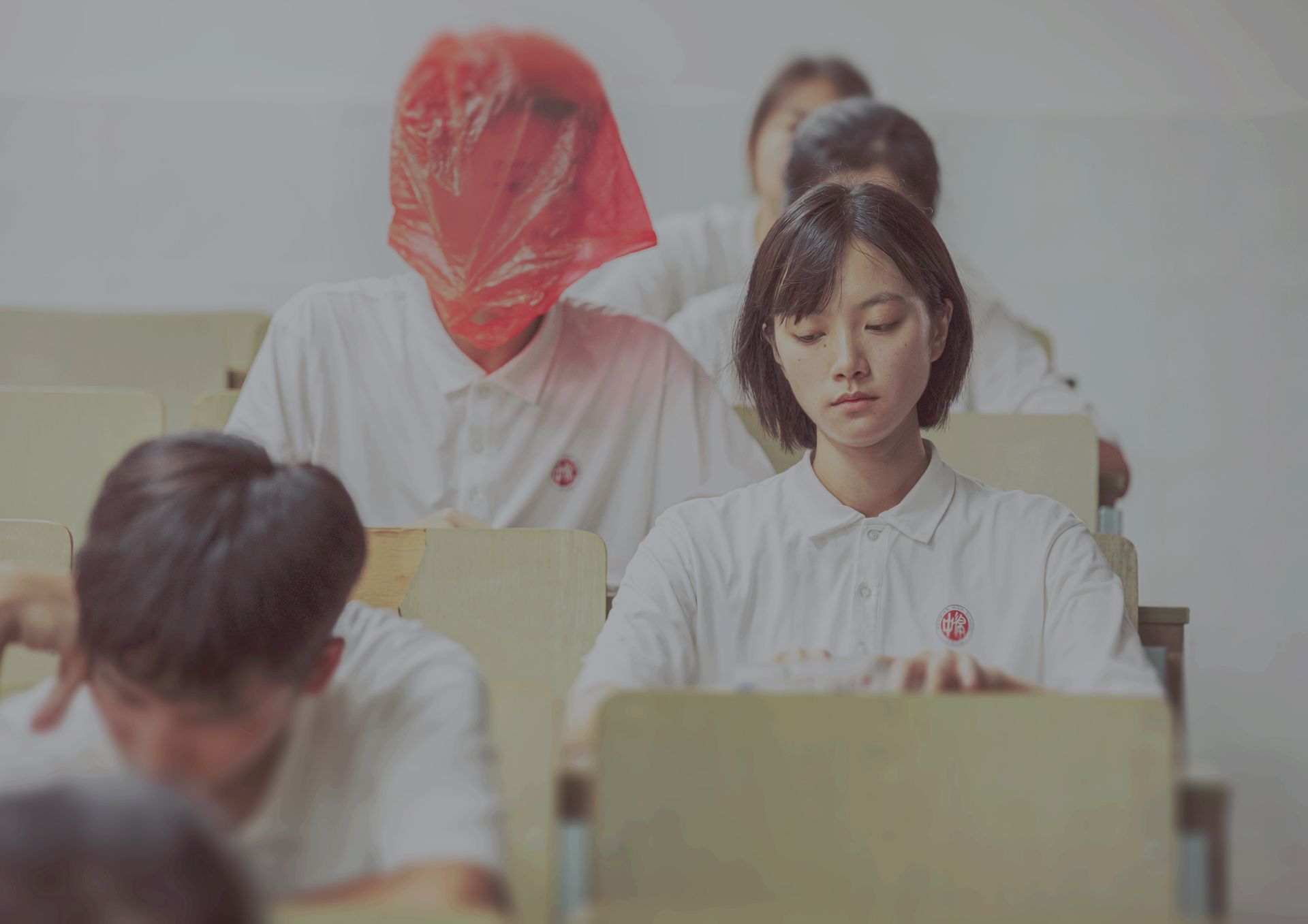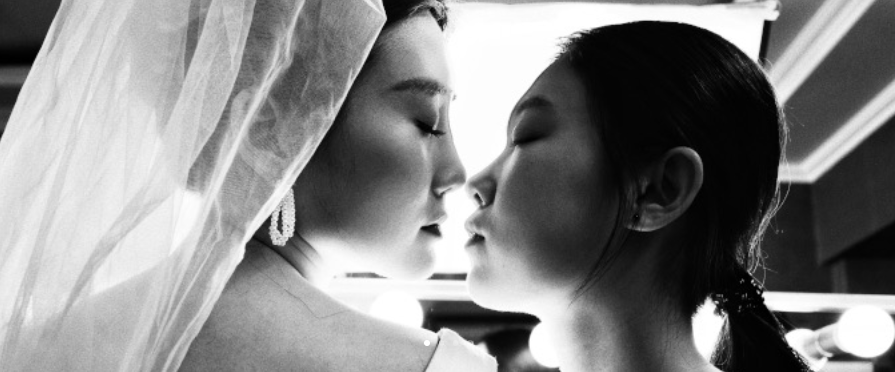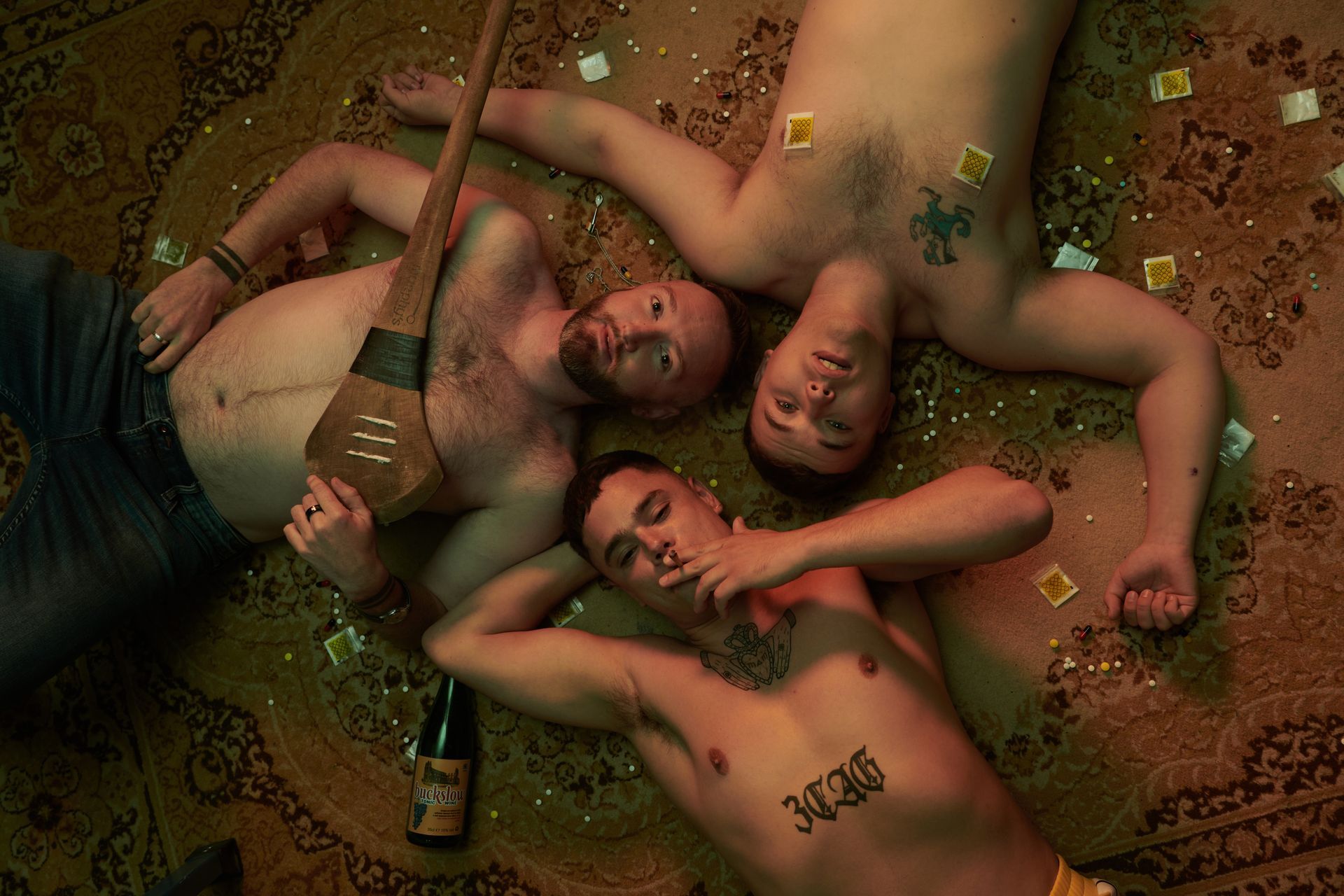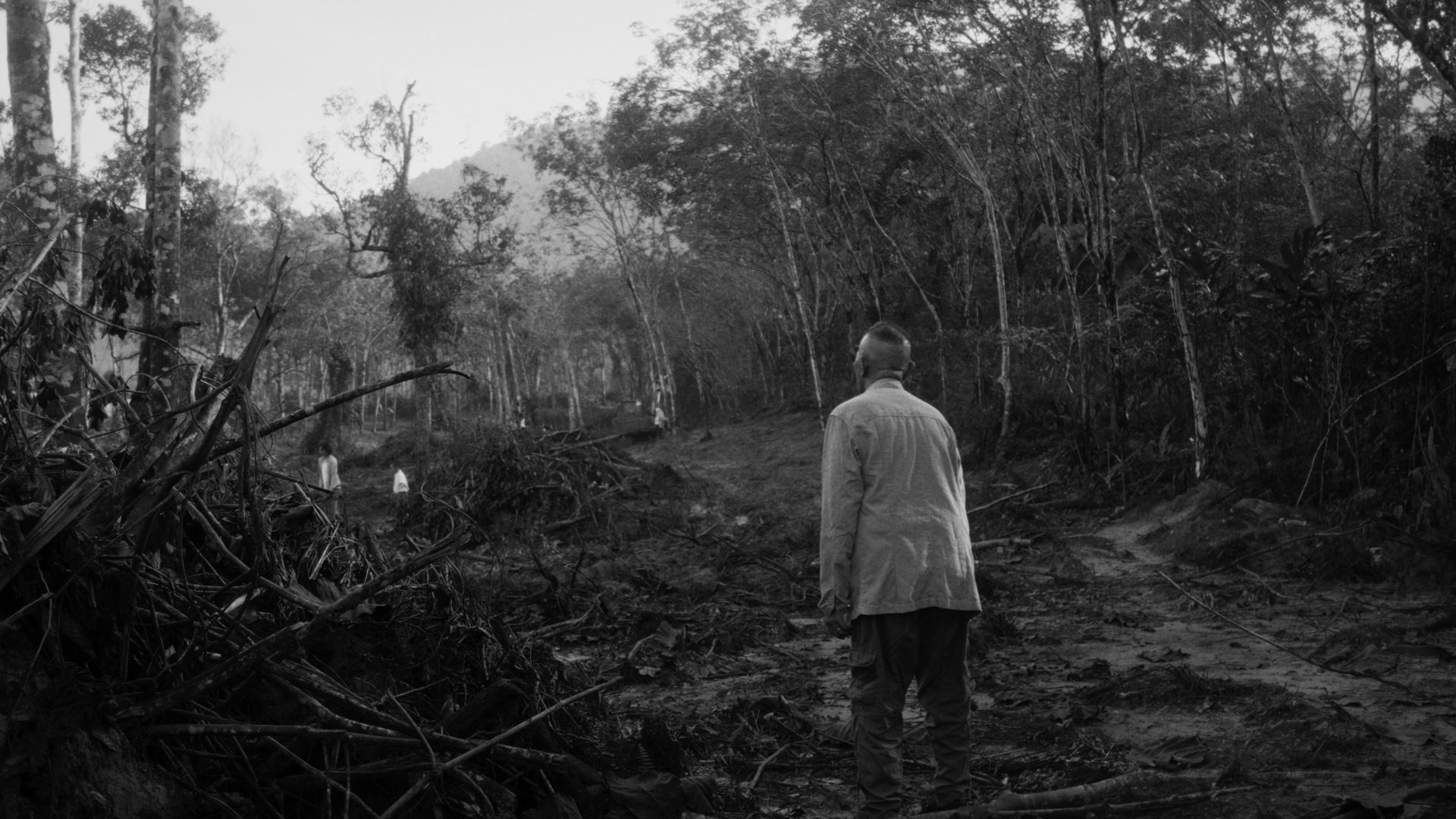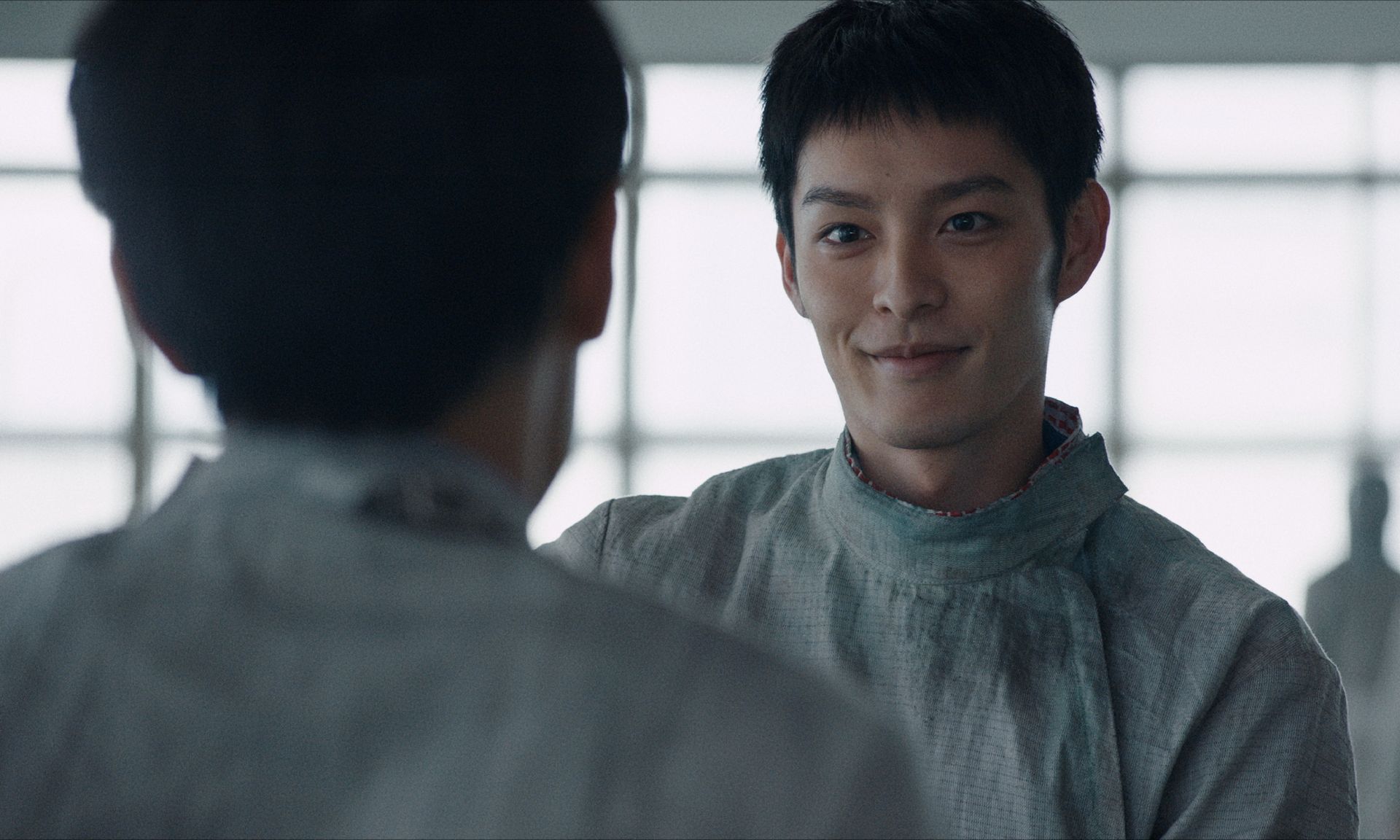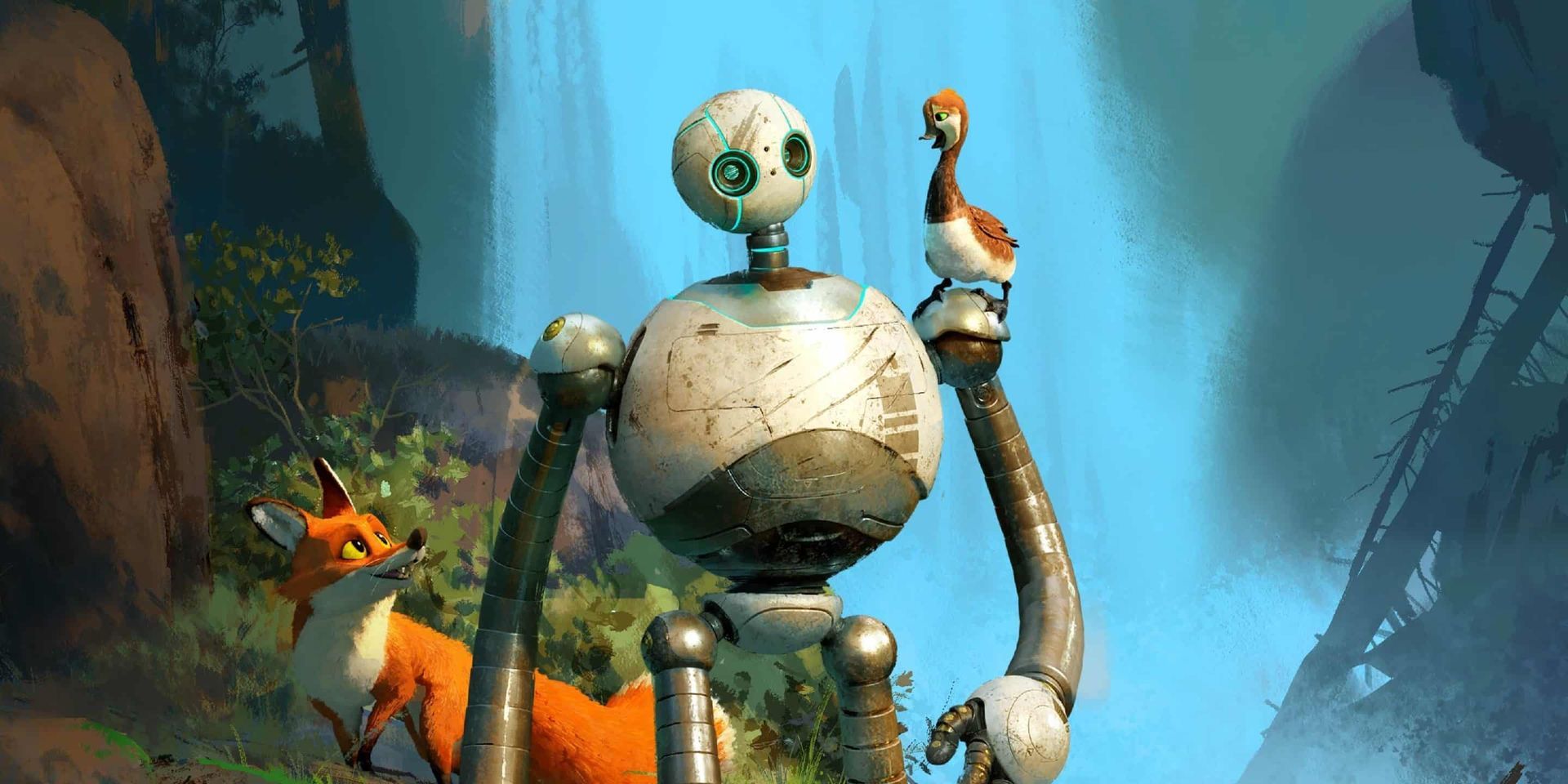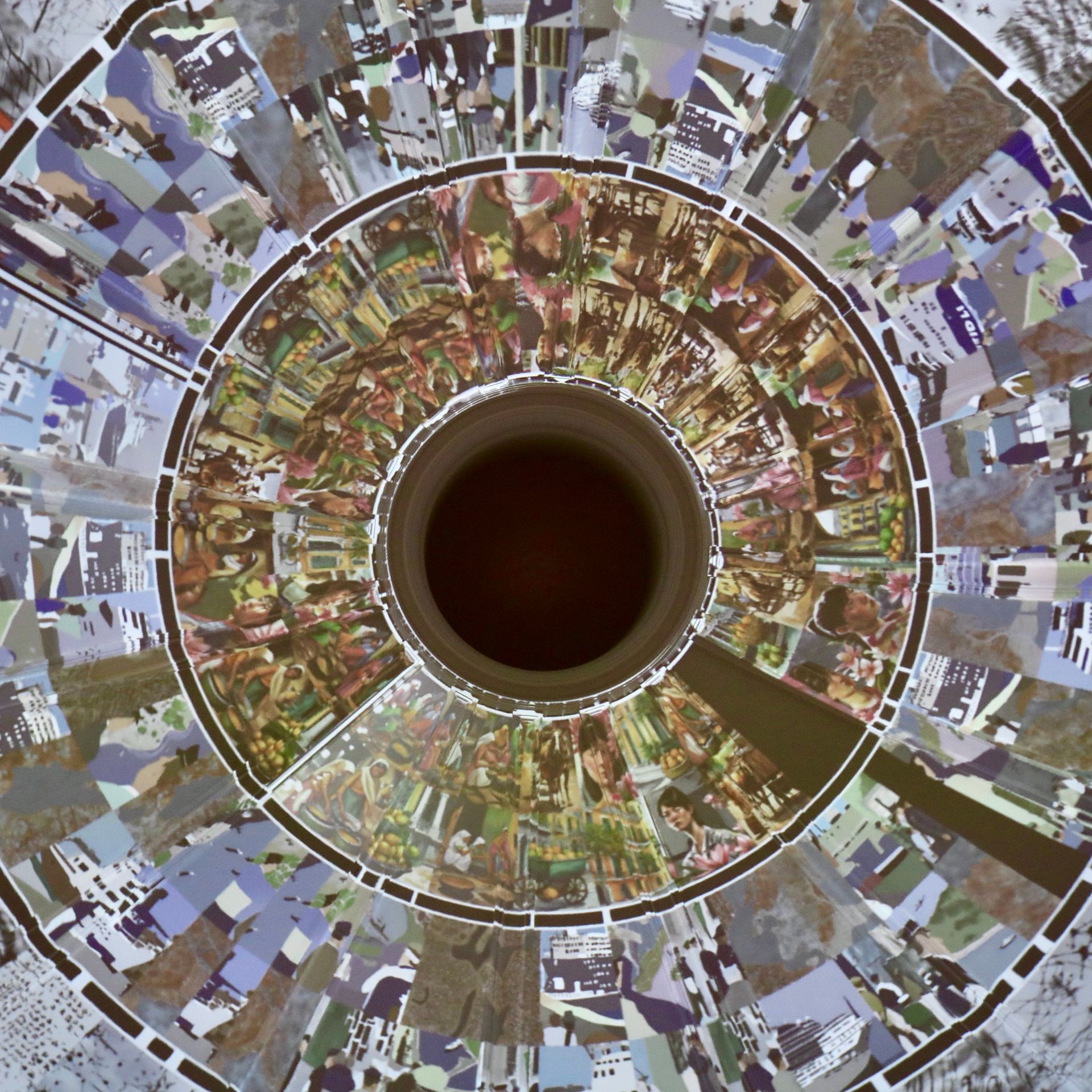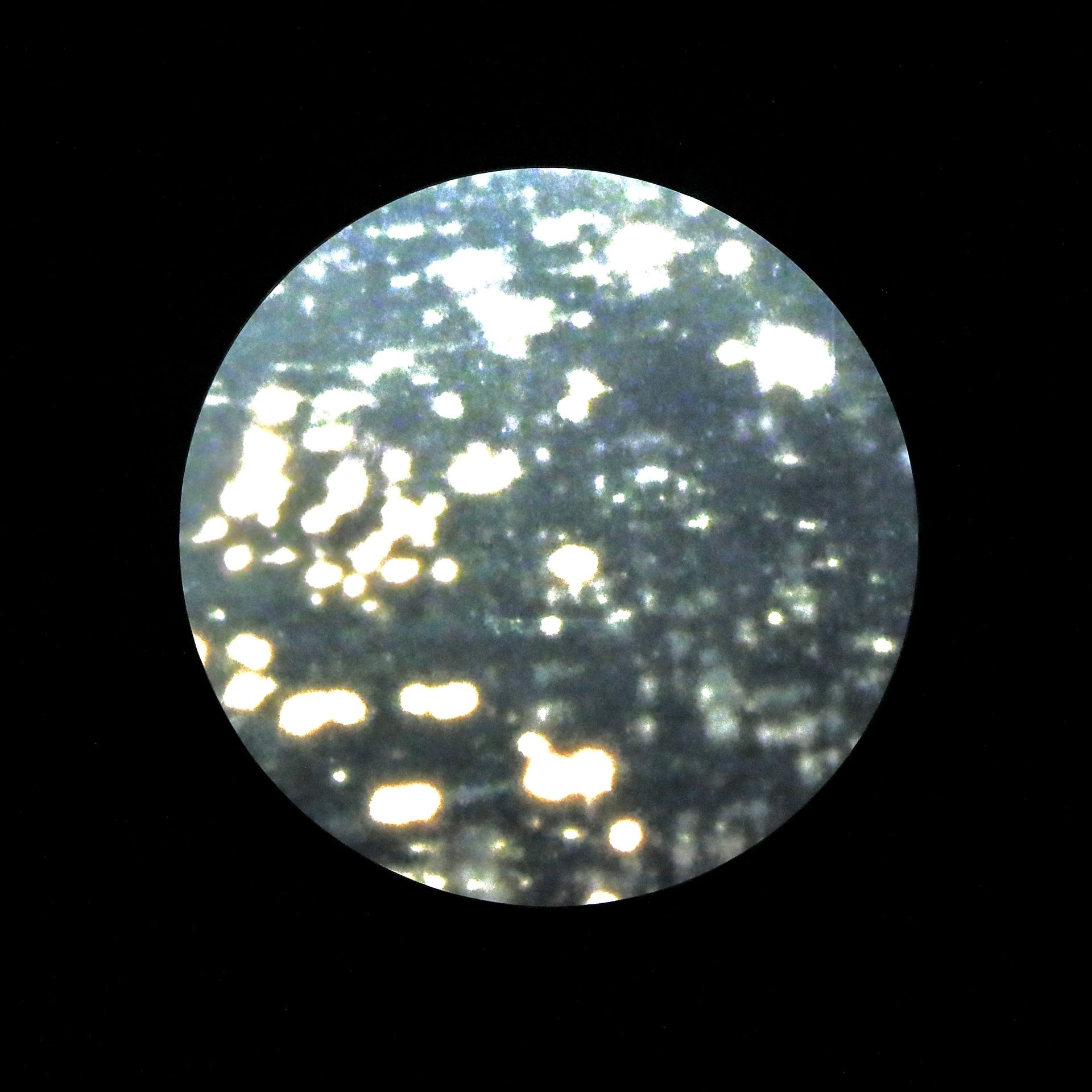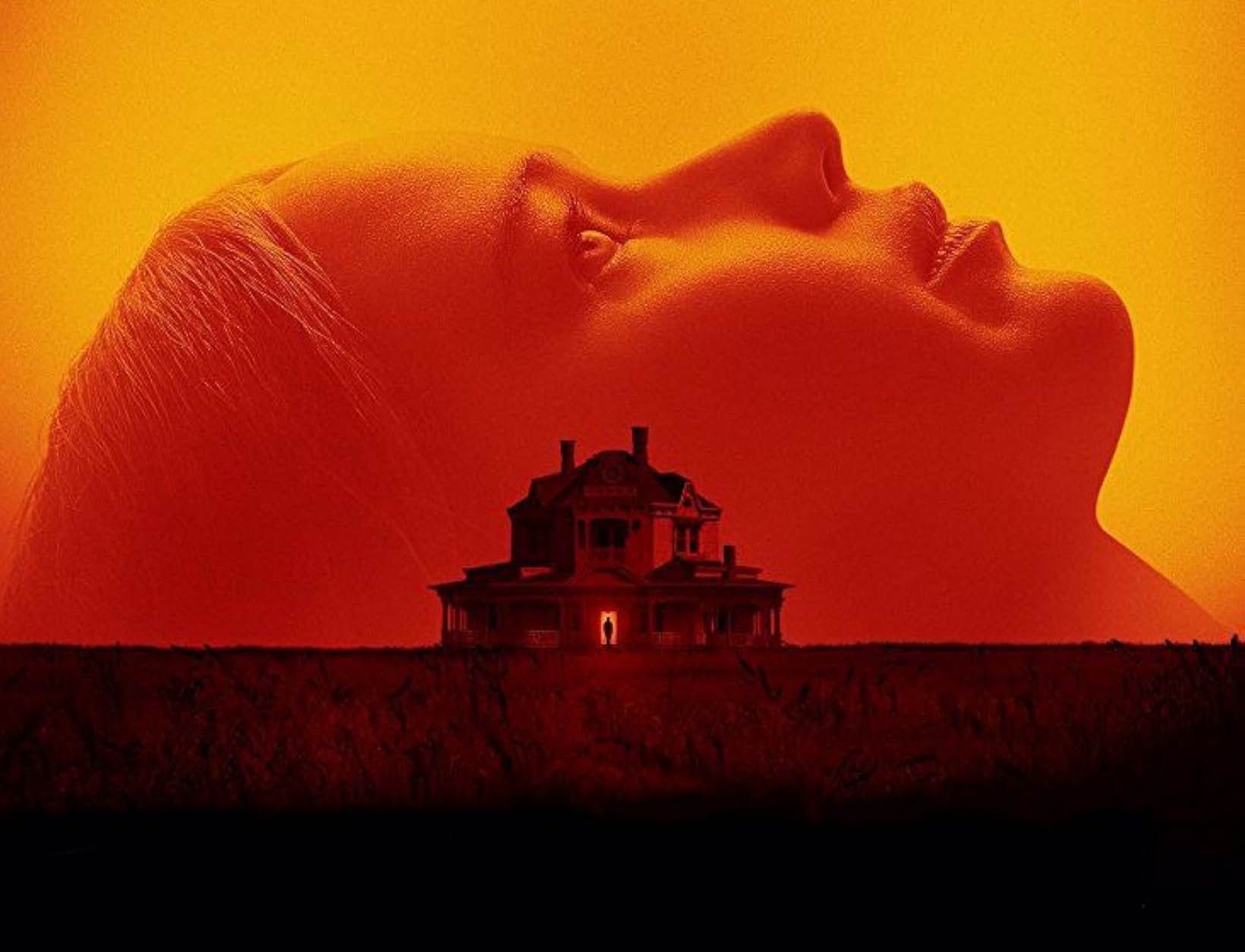Film Review #16: A NEW OLD PLAY
Film Review #16: A NEW OLD PLAY
*This film review may contain plot spoilers, reader discretion is advised.*
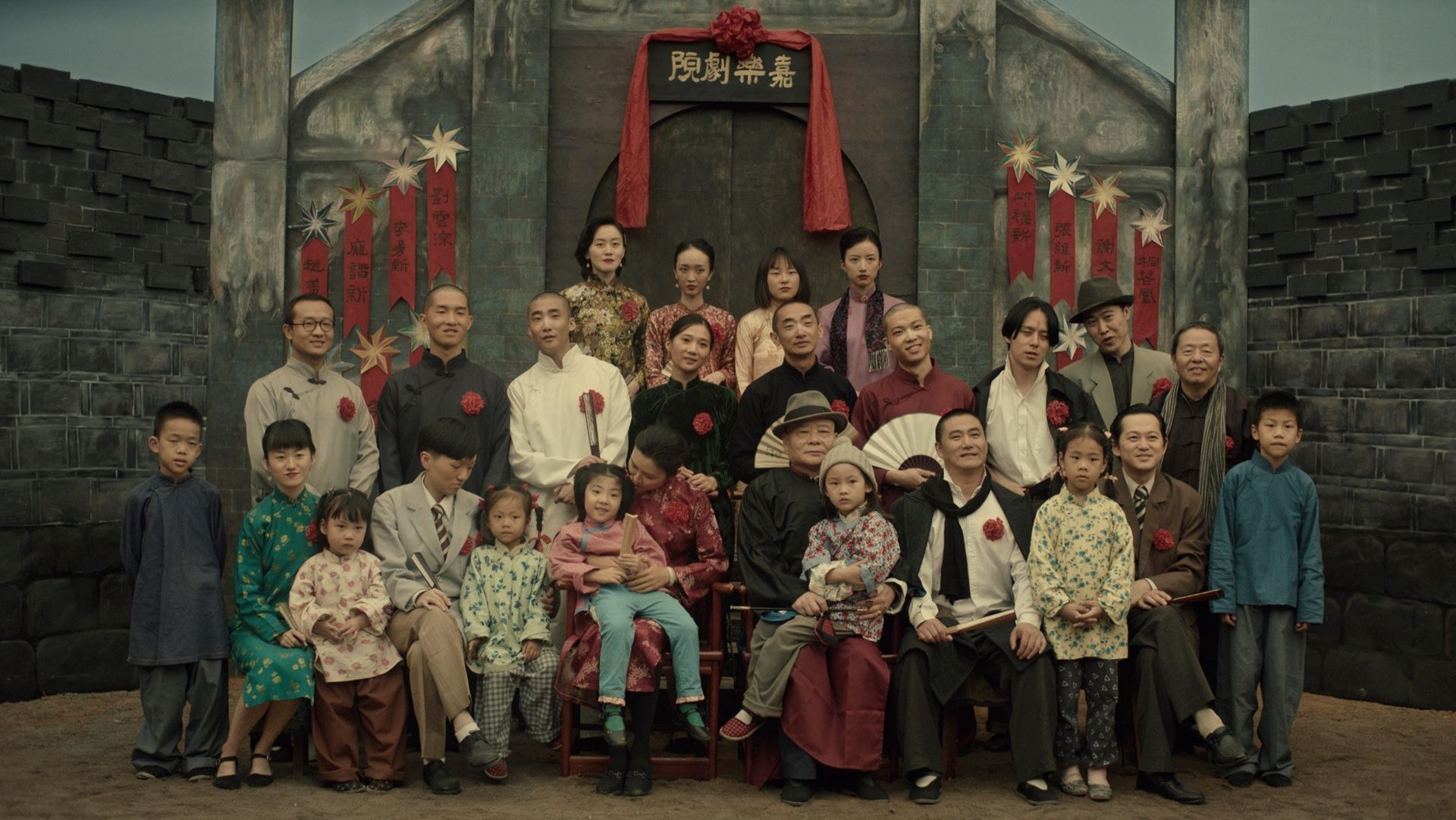
Film still from A New Old Play
A huge reason why I love writing about films is sharing titles that might have slipped under the radar of even the most thorough of cinephiles. It’s a two-step process: (1) discovering great, unique cinema from filmmakers that have their own wholly interesting approach to the artform, and (2) articulating my need to make said film known to as many people as possible. Over 400 movies were made in the United States and Canada in 2022 alone, and that’s factoring in the industry’s ongoing recovery from the COVID-19 Pandemic, as well as dismissing the sheer wealth of cinema in other countries with established film industries and arthouse scenes. It is almost an inevitability that some truly great films will be buried by sheer quantity, so to dig them out is a particular pleasure.
Qiu Jiongjiong’s A New Old Play started out as that for me; simply another film that I had heard good things about in the peripheries of my film circles, but had been particularly hard to locate. Since its initial premiere at the 2021 Locarno International Film Festival, where it won the Special Jury Prize, it seems to have had limited festival screenings, and no wider release to theatres or streaming. Such a level of obscurity frustrates me as much as it excites me, especially after I had a quick glance at the poster and trailer, which promised at least a visually striking work. Before I dive into the movie itself, I just want to preface with a sincere thank you to Singapore Film Society, Cineaste Production House and Cathayplay for bringing in this film, as well as going the extra mile to plan a post-panel discussion with the director himself. As I shall elaborate later on, it was definitely worth it.
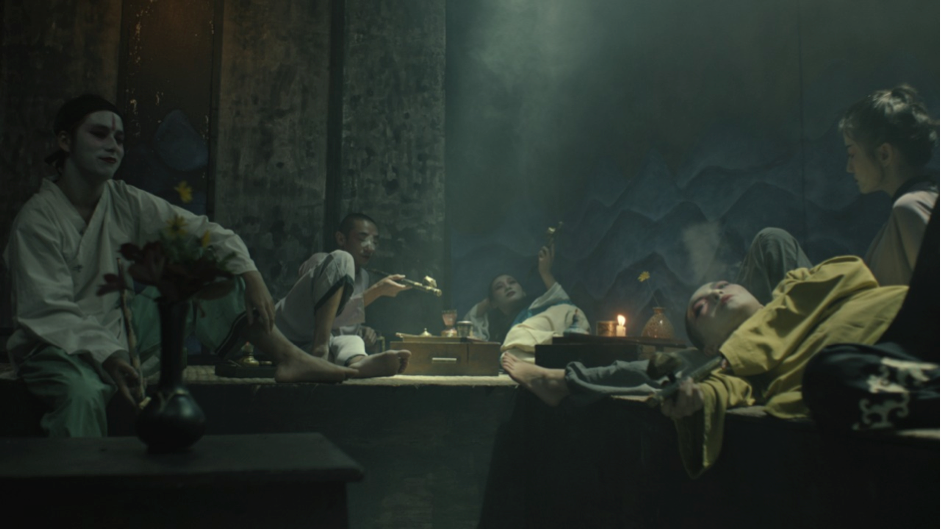
Film still from A New Old Play
A New Old Play is ostensibly a story about a life, and what a particular life it is. Qiu Yu, a “clown role” actor for a Sichuan opera troupe, has died. Ox-Head and Horse-Face, figures in Chinese folklore that guide spirits to the afterlife, come for him and he follows them half-seriously. Through this journey, we consistently ebb in and out of Qiu’s life, set in the backdrop of a tumultuous and rapidly-changing China, and how that in turn affects his art and the people around them.
What makes A New Old Play so striking is immediately obvious. The film’s visual style stems from director Qiu’s background growing up influenced by Sichuan opera. He effectively utilises traditional stagecraft in this film. The camera is often pulled back to a static full shot of the characters - though it is not afraid to use handheld and movement - and the blocking is set up to be reminiscent of theatre performances. The sets make no attempt in appearing realistic, with much more consideration going into framing and symbolic intention. Sets that should be made of stone and brick are instead created using wood; Traversing a sea is portrayed by using flowing fabrics to simulate waves. There are no “on-location” shots, the closest being a miniature of a village. In terms of production design alone, this film is a stunning achievement.
However, and thankfully, this film’s richness is not merely surface-level. During the post-screening discussion, panellist Ting Chun Chun (NTU Assistant Professor) highlighted the inherent “theatrical” nature of the film, and how it makes the audience hyper-aware that they are watching a movie. Director Qiu responded that this was deliberately pulled from his own experiences with traditional Chinese theatre, where the stage and the audience coexist with each other. This is just one example of how everything about A New Old Play very clearly roots itself firmly in Mainland Chinese history, culture and folklore. Yet, A New Old Play feels unique because it is daring enough to subvert and find humour in the seriousness of history.
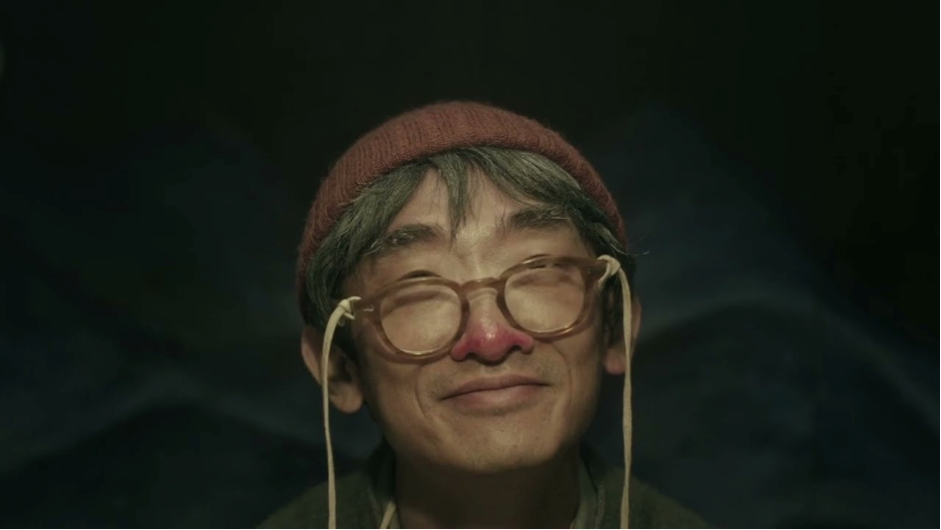
Film still from A New Old Play
The subversion mainly comes in the way it depicts the very turbulent history of China during the 20th century. Qiu’s journey begins before the Chinese Civil War, we see him and his family push through the hardships of the Great Leap Forward, and ends at least near or after the end of the Cultural Revolution. This “backdrop” of a ruthlessly changing China has appeared before, with panellist Fu Qiang (NUS Professor) bringing up clear comparisons to Chen Kaige’s Farewell My Concubine. But compared to that movie’s explosiveness, A New Old Play is much more emotionally controlled. Turmoil, political commentary, and famine are depicted in no small part with the revolutionary element: humour.
And this movie is indeed full of humour. In fact, I was pleasantly surprised at how funny it was at times. While it never fully disregards the horrors of war and political prosecution, a lot of that is coated with gallows humour and spot-on comedic timing by its cast. Ox-Head and Horse-Face, two figures in Chinese folklore that more often than not are regarded with a sense of seriousness due to their roles in the afterlife, are portrayed here as low-level, scruffy officials that serve the bureaucratic office of the underworld. One of the jokes involves Qiu receiving a lump sum of money in the underworld, burnt for him as offerings, which he uses to bet in mahjong. It is this clear transgression-by-comedy of long held importance to these figures and history that make A New Old Play such a breath of fresh air, and I cannot help but wonder if the very warm reception that it had during the screening was indicative that this was something the people didn’t know they wanted.
This culturally niche yet finely executed vision ultimately ties back to Qiu, the character, and Qiu, the director, themselves. This is a very personal work, a fact that was all but confirmed when director Qiu elaborated on his own reasons for making this film. He reaffirmed Ms. Ting’s comments on the intentional “theatre” nature of the film, and explained that the movie was based on his grandfather’s life as a Sichuan opera troupe actor. Sichuan opera, as he stated it, holds a deep connection to the working class of the Sichuan people, with the role of the “clown” being one that holds a particular distinction. This is reflected through what Qiu, the character, goes through in recollecting his life. The changing times dictate what sort of “clown” he is allowed to be, and what can be made fun of; a representation of the populace forced through politically reinforced change. The commentary is blatant, but nonetheless effective underneath its veneer of comedy.
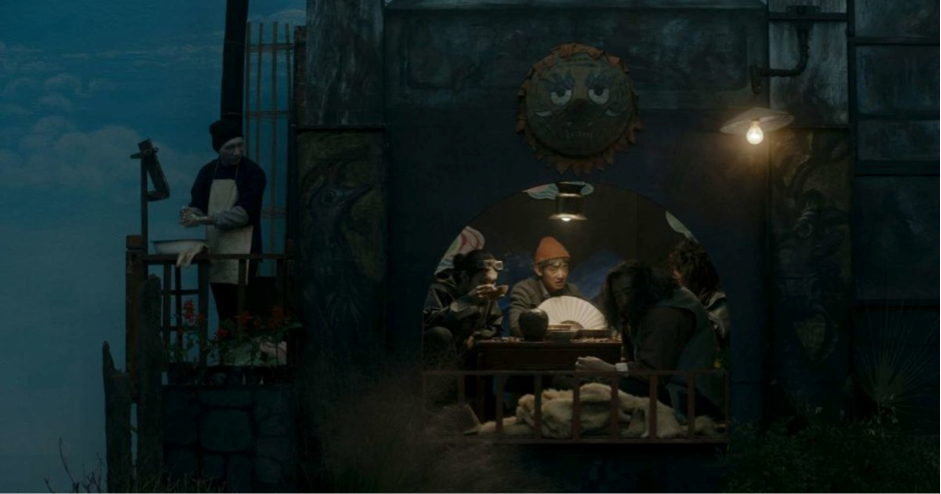
Film still from A New Old Play
A New Old Play is nothing short of a passion project accomplished with flying colors. And all this without yet diving into how it portrays both the journey of life and the journey through death with minimal stylistic differences - highlighting a continued “co-existence” between life and death, old and new, and meta-textually, itself and the audience. For three hours it will guide you through all these contradictions with tongue in cheek, like how Qiu is guided through the afterlife before coming to an ending where all begins again. It is a film that succeeds in its lofty ambitions, and I cannot recommend it enough. Films like this, made so close to the heart, certainly deserve a wider recognition than it has had. I can only hope now that Qiu Jiongjiong will continue to make films; his intrinsic influences mark him out to be a very interesting voice in cinema indeed.
——————————————————————————-
This review is published as part of *SCAPE’s Film Critics Lab: A Writing Mentorship Programme, organized by The Filmic Eye with support from Singapore Film Society and Sinema.
About the Author: Wei Li Heng is an avid lover of uncovering and writing about obscure and underseen Asian cinema. He hopes to discover local cinematic gems and share them to a wider audience.
